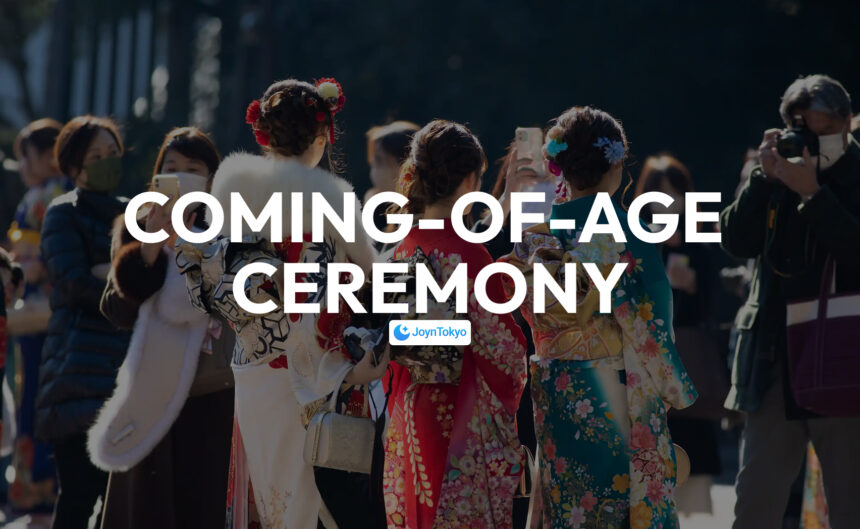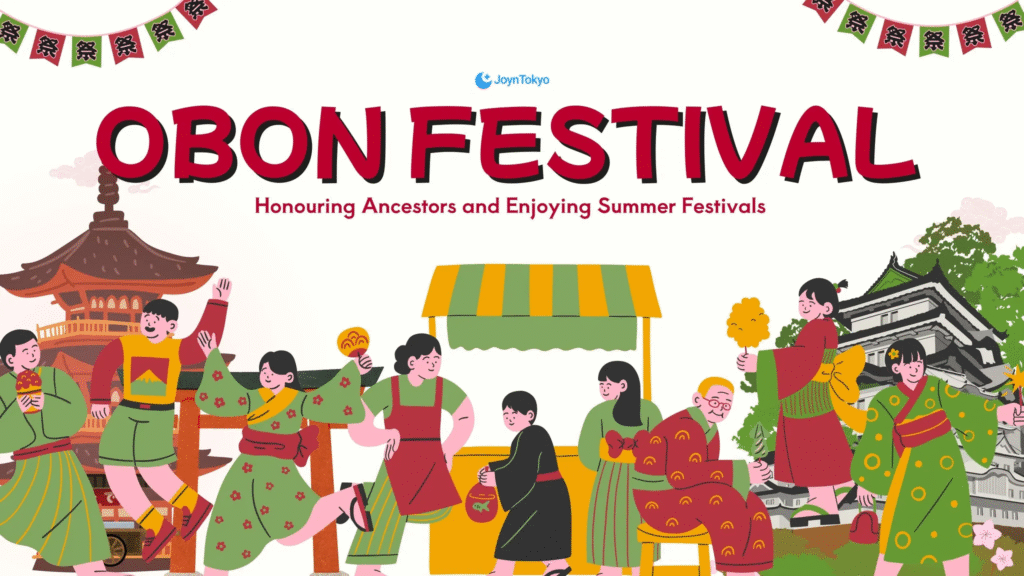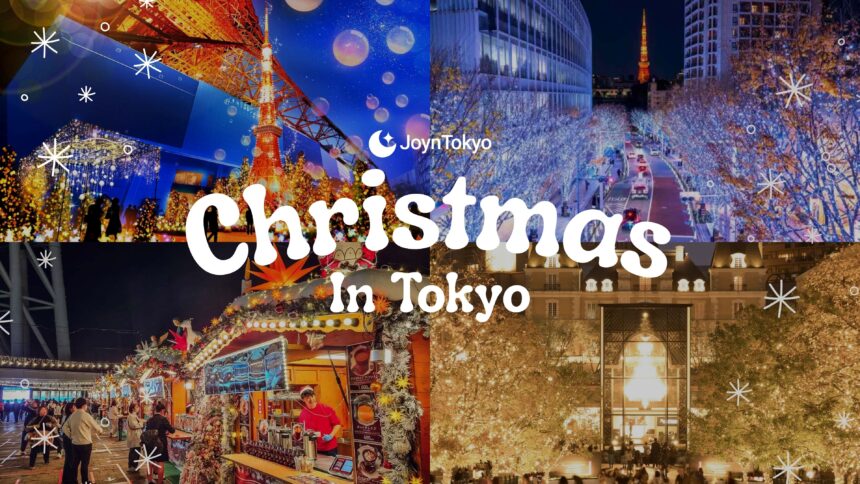Quick Guide to Japan’s Coming-of-Age Ceremony
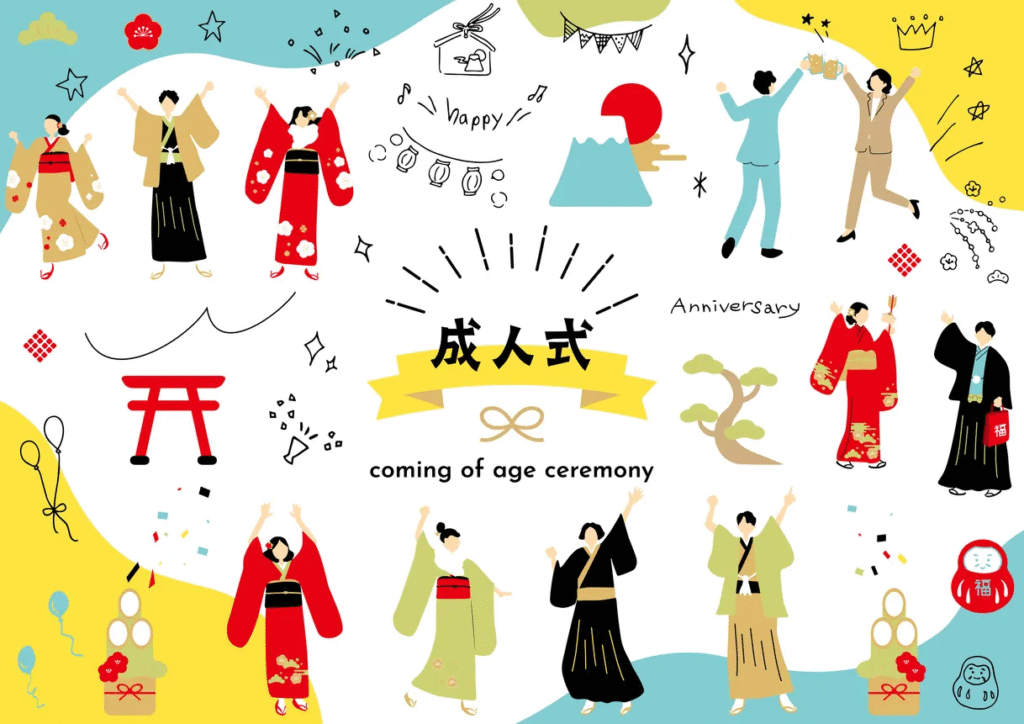
Seijinshiki is Japan’s nationwide Coming-of-Age Ceremony held on the second Monday of January. Most cities invite residents turning 20 (even after adulthood legally shifted to 18), though policies vary, so confirm locally. Foreign residents on the Basic Resident Register receive the same postcard—just reply, dress up, and join the celebration.
A Snapshot of Seijinshiki Today
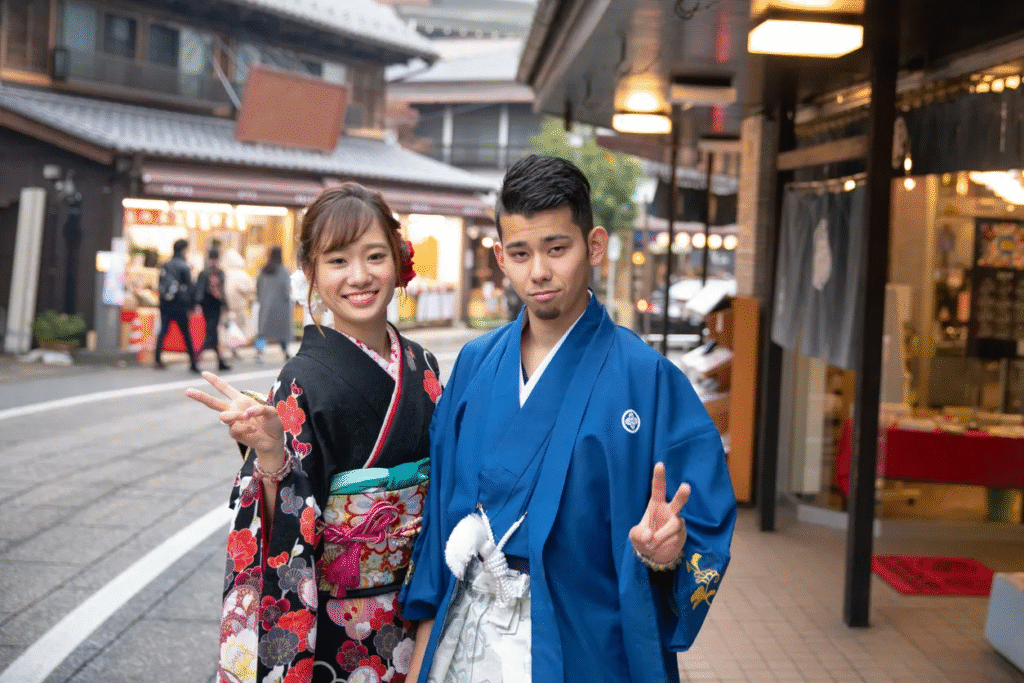
Across Japan, January ceremonies create a photogenic sea of fur-collared kimono, sleek black suits and beaming reunion selfies. In 2025, Yokohama’s event alone drew thousands of participants, most of them twenty-year-olds, parading colourful furisode while friends and families crowded the plaza for photos. Despite local variations in size and format, the core elements—official speeches, group photographs and community celebration—remain remarkably consistent nationwide, underscoring the ceremony’s post-war mission of giving youth hope after hardship.
Historical Roots and Modern Evolution
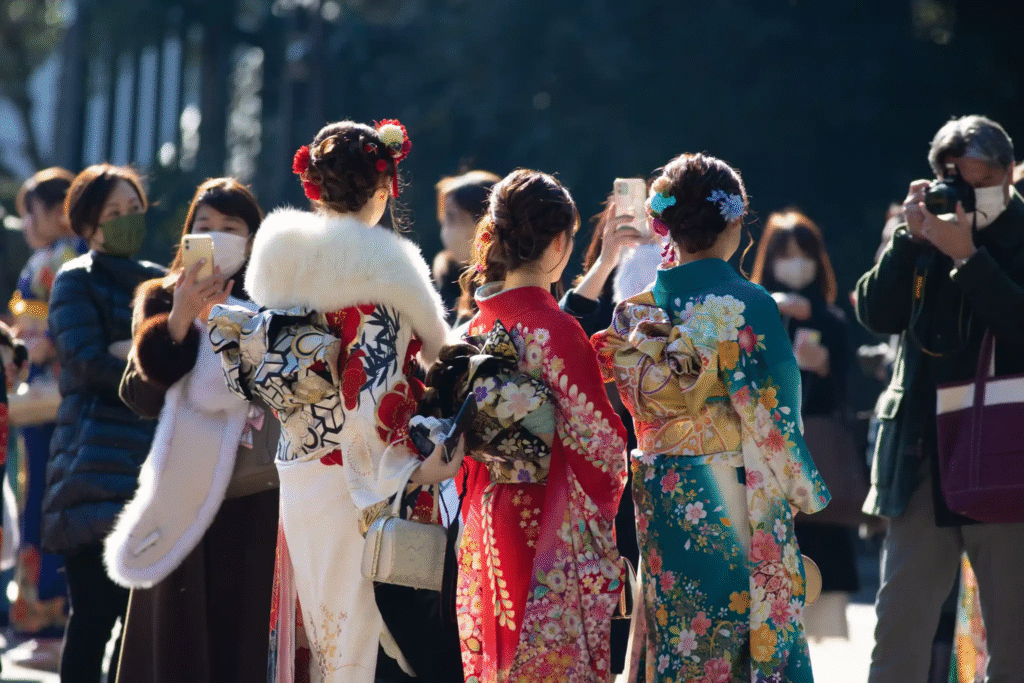
Modern Seijinshiki traces its inspiration to genpukushiki, an eighth-century coming-of-age rite for court nobles, yet the familiar civic version began in 1946 in war-torn Saitama as a morale-boosting “Youth Festival.” By 1948 it had grown into a national holiday. Today the event simultaneously preserves those centuries-old ideals of community belonging and adapts to contemporary life—whether hosting ceremonies inside theme parks or livestreaming for attendees abroad.
Who Is Invited? Age and Eligibility
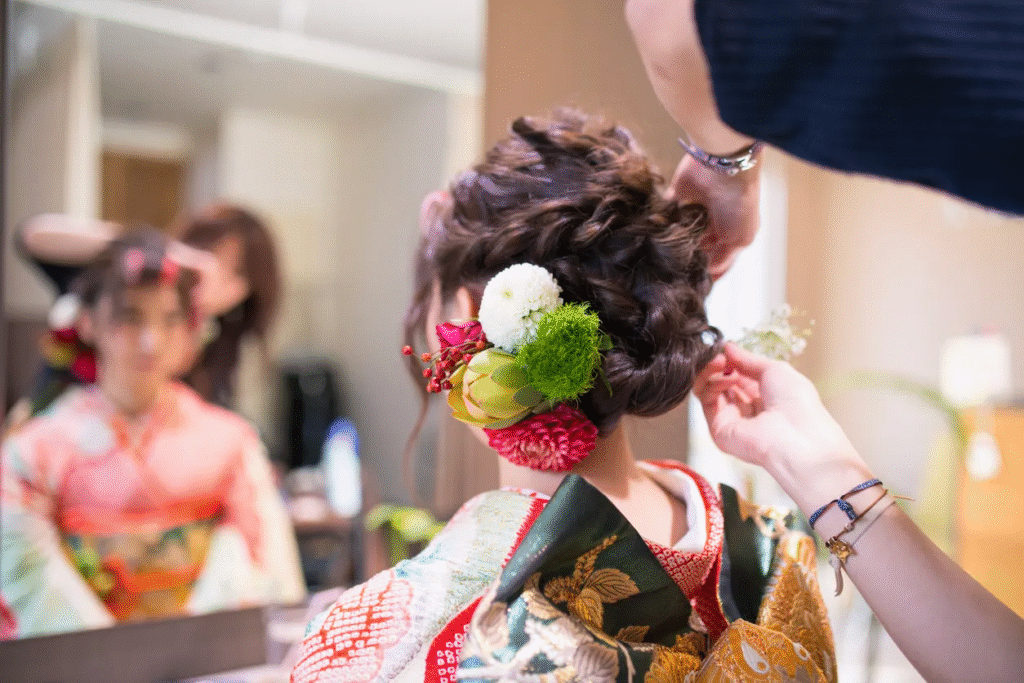
Although Japanese civil law now defines adulthood at 18, most city halls still send invitations to residents who turn 20 between 1 April of the previous year and 31 March of the ceremony year; some stage additional gatherings for 18- or 19-year-olds, so read the fine print on your postcard. If you are a foreign resident with a valid Residence Card and your address is on the Basic Resident Register, the postcard will arrive automatically around November. Those who move after the mailing cutoff can call the local youth-affairs desk to be manually added.
Preparing to Participate as a Foreign Resident
Attending Seijinshiki is straightforward once you understand your local requirements, but a little early planning saves stress on the day.
1. Confirm Your Municipality and Registration
If December arrives and no invitation has reached your mailbox, contact city hall’s International or Multicultural Affairs section; staff will reissue the card or explain walk-in options. Larger cities such as Yokohama even run multilingual help-lines to guide foreign residents through registration and ceremonial etiquette. Make sure your name and birthday match your Residence Card to avoid entry-desk delays.
2. RSVP and Practical Documents
Return the reply card—or, in many wards, complete the online form—by the stated deadline. Bring your invitation, a photo ID (Residence Card or My Number Card) and, if wearing a hired kimono, the rental shop’s garment bag for easy post-event returns. Small locker rooms are available at most venues, but space for suitcases is limited, so travel light.
Dressing the Part: Choosing Your Outfit
Clothing is the visual heart of Seijinshiki. Whether you choose head-turning tradition or modern minimalism, comfort and local weather are key considerations.
Traditional Kimono Options for Women
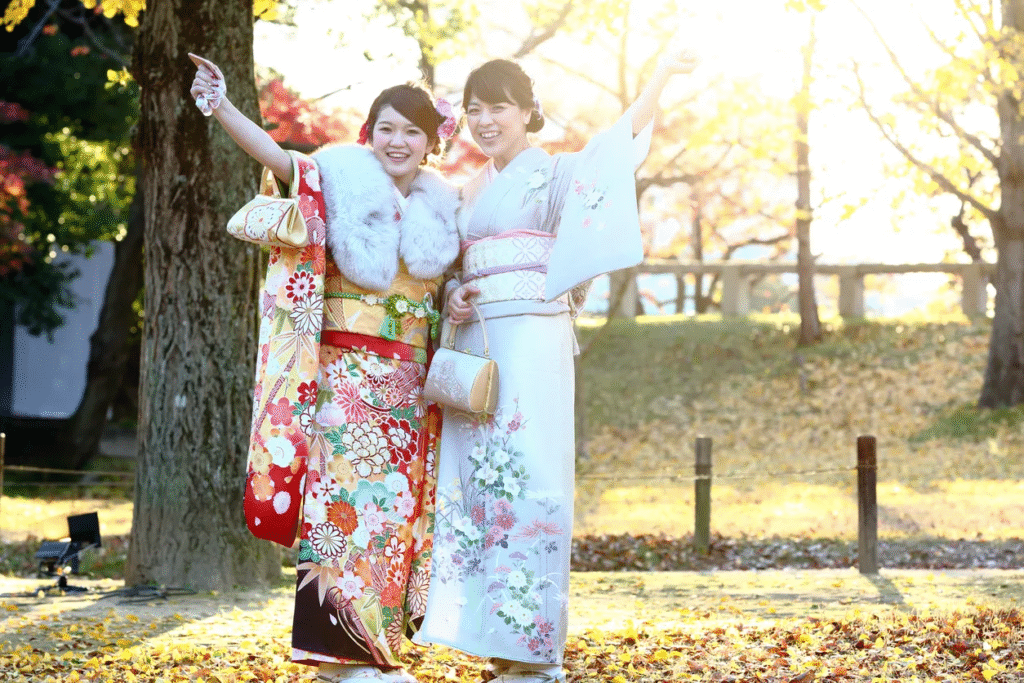
Women typically opt for the long-sleeved furisode paired with an ornate obi and seasonal hair accessories. Full rental packages, including dressing service and hairstyling, start around ¥19,800 for basic synthetic sets and climb to ¥300,000 for premium pure-silk ensembles with professional photography. If you decide to buy, expect even higher prices but the freedom to reuse or resell.
Options for Men: Suit or Hakama?

Most men wear a dark business suit and tie, emphasising their new status as working adults. Others embrace tradition with a haori jacket and hakama trousers, sometimes in family-crest patterns that echo samurai formal wear. Hakama rentals are cheaper than furisode—typically ¥10,000–¥50,000—including dressing.
Renting versus Buying
Renting is popular because it bundles fitting, cleaning and insurance, and many shops deliver directly to hotels or homes on the morning of the ceremony. Buying suits participants who value heirloom garments or plan multiple uses, but be sure to budget for separate dressing fees and post-event dry-cleaning. High-demand weekends book out months ahead, so reserve by summer if you want the widest selection.
What to Expect on the Day
Ceremonies usually begin late morning, but arrivals start as early as 9 a.m. for photos in the foyer.
Ceremony Flow and Speeches
After check-in, attendees take assigned seats while local dignitaries offer congratulatory speeches and present commemorative gifts—often a pin or city mascot badge. In 2025, Yokohama’s mayor paused for a moment of silence for earthquake victims before encouraging youth to “open the future with courage.” The formal programme lasts about an hour.
Photo Sessions and Socialising
The plaza outside quickly fills with group shots, professional photographers and classmates exchanging Line IDs. Many participants head to nearby shrines for blessings, so plan extra time—and warm layers—for outdoor pictures.
After-Ceremony Gatherings
Evening celebrations range from family dinners to karaoke marathons with school friends. Izakaya near major venues offer discounted “seijin” menus, but bring ID: you can legally drink at 20 regardless of the 18-year-old adulthood law, and servers will check.
Regional and Cultural Variations
While most ceremonies follow the template above, local flavour adds surprise.
Theme-Park Ceremonies and Unique Venues

Some municipalities rent spaces inside Tokyo Disneyland, Universal Studios Japan or even aquariums, turning speeches into full-day photo opportunities among costumed characters and roller-coasters. Tickets are often lottery-based, so watch your city website for details.
Pop-Culture Influences
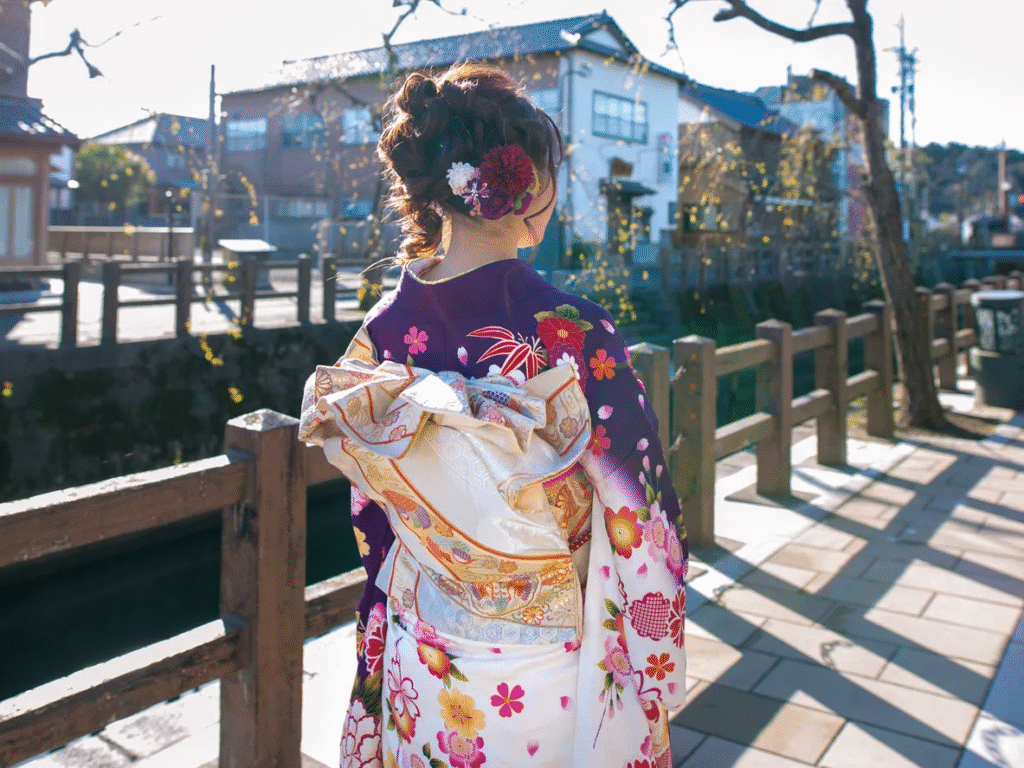
Anime-inspired kimono linings, brightly dyed hair and personalised obi charms showcase modern individuality. Social media hashtags like #成人式ヘア and #furisodegram trend each January, and municipal staff increasingly designate selfie zones to keep fire exits clear.
A Handy Recap for Your First Seijinshiki
To make the most of Japan’s coming-of-age milestone, confirm your eligibility early, secure attire well before autumn and reply to the invitation by the deadline. On the day, arrive with ID, embrace the photo frenzy and remember that speeches may mix solemn reflection with light-hearted entertainment. Whether you stand out in a vintage furisode or blend in with a classic suit, Seijinshiki offers a unique window into community spirit—and a memorable way to mark your own journey in Japan. Congratulations in advance on reaching this landmark moment!
Want To Know More Japanese Culture?
Check out our related articles for more iconic culture you must know in Japan!

